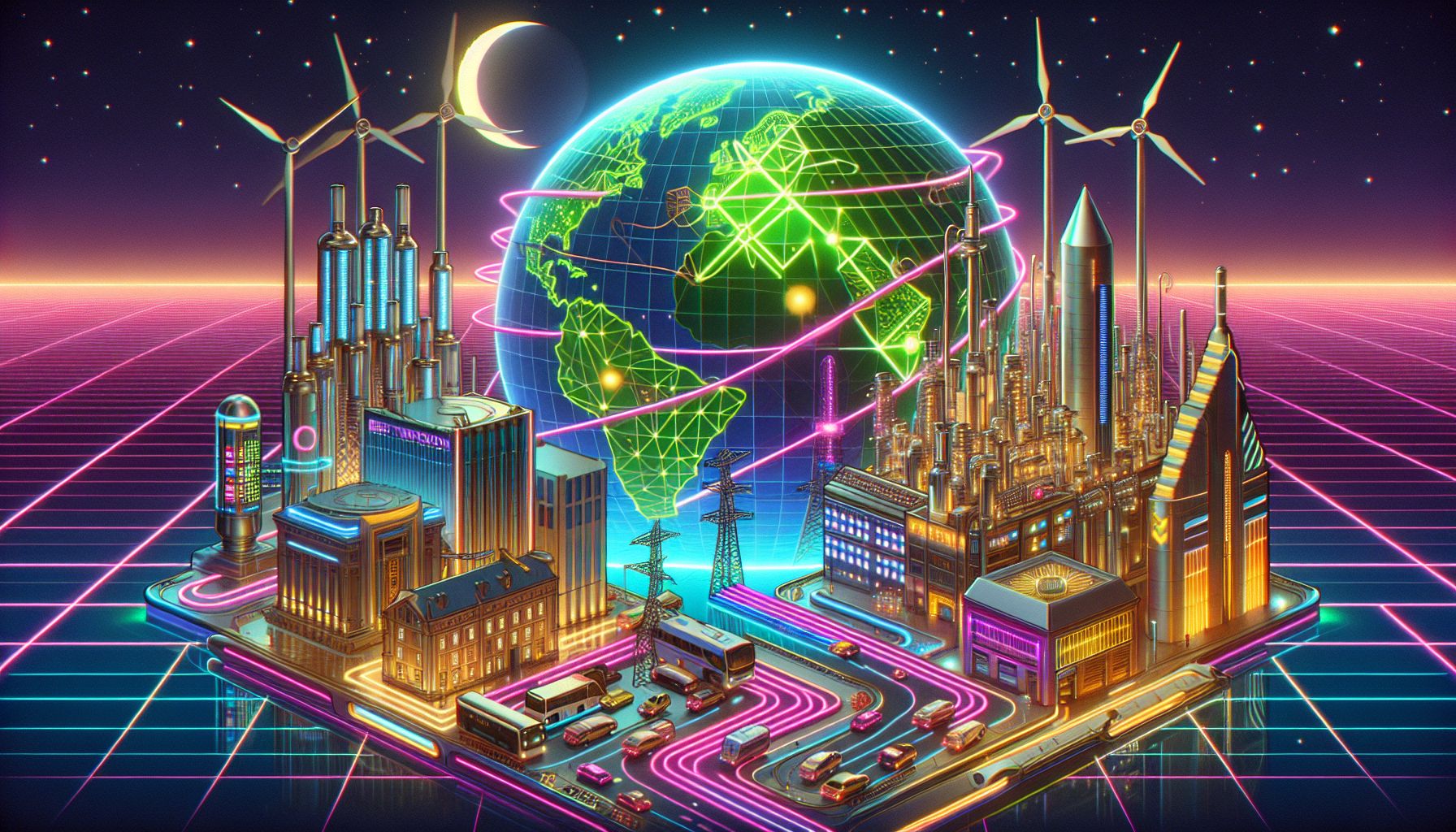Pioneering Green Hydrogen Pathways: North Africa-EU Corridor Development

North Africa, Wednesday, 2 April 2025.
North Africa is set to transform into a green hydrogen heavyweight, leveraging its wind and solar resources to propel Europe’s energy transition. Southern Europe becomes the vital plug-in point.
EU’s Ambitious Green Hydrogen Vision
I’m tracking a remarkable transformation in Europe’s energy landscape. The European Union has set its sights on an ambitious target: securing 20 million tons of green hydrogen by 2030, split evenly between domestic production and imports [1]. This isn’t just another policy goal - it’s a fundamental reimagining of Europe’s energy future that will reshape relationships across the Mediterranean.
The SoutH2 Corridor: A Mediterranean Energy Bridge
Here’s what excites me most - the Southern Hydrogen Corridor (SoutH2) is taking shape as we speak. This massive 3,300-4,000 km pipeline system will connect North Africa directly to Italy, Austria, and Germany [1]. The numbers are staggering - this single corridor could deliver over 4 million tons of hydrogen annually to Europe, meeting 40% of the EU’s import target [1]. What’s particularly clever is that 65% of this project will repurpose existing gas infrastructure, though significant upgrades are still needed [1].
North Africa’s Renewable Energy Powerhouse
The potential here is extraordinary. Algeria alone possesses the largest wind energy potential in Africa - an astonishing 7,700 GW if fully developed [1]. Meanwhile, Mauritania is charging ahead with a groundbreaking $34 billion agreement for a 10GW green hydrogen facility [1]. Just this week, the World Bank approved an $82.5 million funding package for Mauritania’s energy development, specifically targeting green hydrogen growth [4].
Economic Impact and European Integration
The economic implications are transformative. Green hydrogen exports could generate $110 billion annually for North Africa by 2050 [1]. This isn’t just about energy - it’s about jobs too. According to IRENA, the green hydrogen sector could create up to 3.8 million jobs by 2030, scaling to 6.5 million by 2050 [1]. Southern European nations are already positioning themselves - Spain has committed €1.55 billion to hydrogen development, while Italy has allocated €3.64 billion for infrastructure [1].
2025 Progress and Challenges
I’m watching rapid developments in real-time. The UAE, Italy, and Albania recently formed a strategic partnership for cross-border green energy cooperation [1], while Algeria is pioneering solar-powered desalination for hydrogen production [3]. However, we must acknowledge that the industry is still nascent - less than 1% of global hydrogen production was classified as green in 2023 [1]. Cost remains a significant hurdle [2], and water usage concerns in arid regions need careful consideration [1].